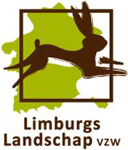The project aims to build a local biomass recycling system by bringing together green and brown organic material from nature and landscape management to valorise them through farm composting and processing in fields.
With this project, we want to focus specifically on the challenge of how to (have) the right and sufficient material delivered to the (farm) compost heap at appropriate times, and how to supplement the nutrient-rich material (green organic material) from nature and landscape management with carbon-rich material (brown organic material) from, for example, woodland edge management.
After all, past projects on the use of biomass for (farm) composting have shown that there is a lot of interest among farmers to use composted or uncomposted organic material in fields. In turn, nature managers wish to make the residues from nature and landscape management available. However, the challenge in these projects proved to be twofold: on the one hand, it was difficult to deliver the material at the right times and with the right moisture content; on the other hand, there was a particular shortage of carbon-rich material to enable optimal composting.
For this purpose, a system will be worked out to providers of organic material and Connecting farm composters with each other to collect the right material with the right moisture content at the right times at the desired composting site. In addition to agreements with nature and landscape managers, management plans for wood edges (source of brown organic material) will be drawn up for this purpose and the management of wood edges by farmers as part of the local biomass recycling system will be started in the municipalities of Kinrooi and Maaseik.
Besides this main objective, the project has 4 secondary objectives:
1. Improving the organic carbon content of fields resulting in better water buffering, CO2 storage, increased soil biodiversity, increased productivity, etc.
2. Restoring economic (added) value to small landscape elements and their management.
3. Broadening farmers' income by engaging them in landscape management.
4. Facilitate cooperation between agriculture and nature.
















